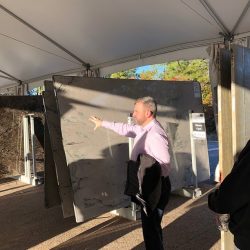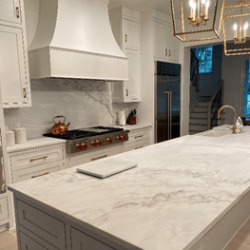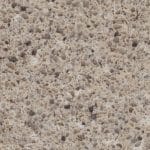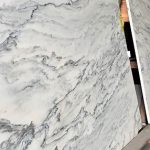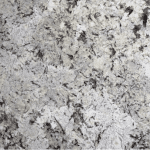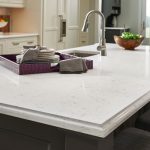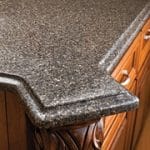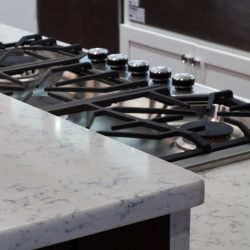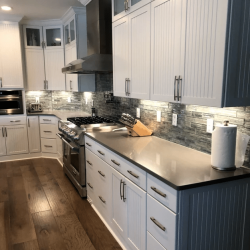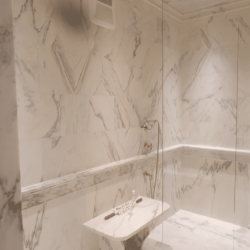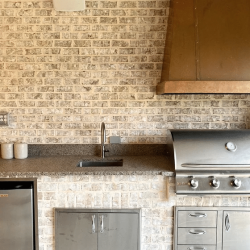As a stone fabricator, we specialize in crafting slabs of granite, marble, and quartzite into finished countertops, vanities, shower walls and more. We promise our customers a top-quality product that will serve them for years. And that quality all starts at the quarry.
We actually purchase some of our stone directly from quarries, and carry a wide variety of colors in stock. And once in a while, we like to visit a quarry so we can choose our next bundles of stone firsthand.
The process of quarrying stone never gets old for us, even after all these years in the industry. Here’s a glimpse into the process of quarrying slices of natural stone that may eventually become your new marble island top.

Example of a stone quarry
What Is A Stone Quarry?
A stone quarry is an area of land that’s used to excavate natural stone. Quarries are essential in order to use granite and marble for residential and commercial uses. Most quarries are found in Brazil and Italy, but there are also a number of quality quarries here in the U.S.
Needless to say, our ever-popular Alabama White marble earned its name for a reason: it’s always sourced right in Alabama.
Granite and marble are widely available, and a very strong natural resource. There is more than enough natural stone in the Earth to service a growing number of homes and businesses. And once stone is mined, it’s an incredibly durable, long-lasting material that rarely needs to be replaced.
These are just a couple of the reasons why natural stone is considered a sustainable building material.

An Alabama White marble bathroom.
Quarrying Process
The process of quarrying marble, granite, and quartzite must be carefully executed in order to ensure safety for all involved, and quality of the stone harvested. There are three basic steps to excavate natural stone.
1. Find a quarry location. Geologists take a core sample of a potential new quarry site in order to determine the quality of the stone, and choose the most promising physical location for the new quarry. Once the site location is determined, mining companies are required to earn a range of licenses in order to establish the quarry and start mining the stone.
If you were hoping to show up with a pick axe and shovel, you’re out of luck.
2. Excavate blocks of stone. Stone is excavated in large blocks from the quarry. Granite blocks can weigh up to 40,000 lbs., while marble blocks (a lighter material) may weigh half that amount. The entire process of transporting these blocks is carefully monitored to ensure everyone’s safety.
3. Purchasing the stone. Stone distributors and fabricators like Stone Interiors may purchase entire blocks of stone. The blocks are then sliced into slabs. At this point, the slabs are ready to be displayed, purchased, and fabricated.
End-use customers (such as homeowners purchasing a granite countertop) may pay either by the slab or the square foot, depending upon the pricing structure established by the fabricator.
Why We Choose to Visit Quarries
Customers who purchase stone for their home or business are unlikely to visit a quarry. That sort of trip often entails too many transportation costs, time, and safety concerns to be worthwhile. But for a stone fabricator, a personal visit to the quarry pays off.
Professional fabrication shops know which stone colors are most popular in their market. They also know what types of flaws or vulnerabilities to look for in each material. Viewing bundles of stone firsthand before placing an order allows stone fabricators to check for color consistency and confirm that the quality of the material is up to their standards.
Since granite and marble are truly a product of nature, stones from different quarries may vary in color tone and veining, even if they share the same name. This is one of the reasons why Stone Interiors owners visit quarries firsthand. It gives them the chance to see the stone before purchasing, and ensure their customers are getting a reliable product that’s visually appealing and durable.

Block of marble from a quarry in Italy
Interested in seeing our inventory firsthand? Visit any of our showrooms in Louisiana, Alabama, or South Carolina to check out some granite, marble, and quartzite slabs in person.



